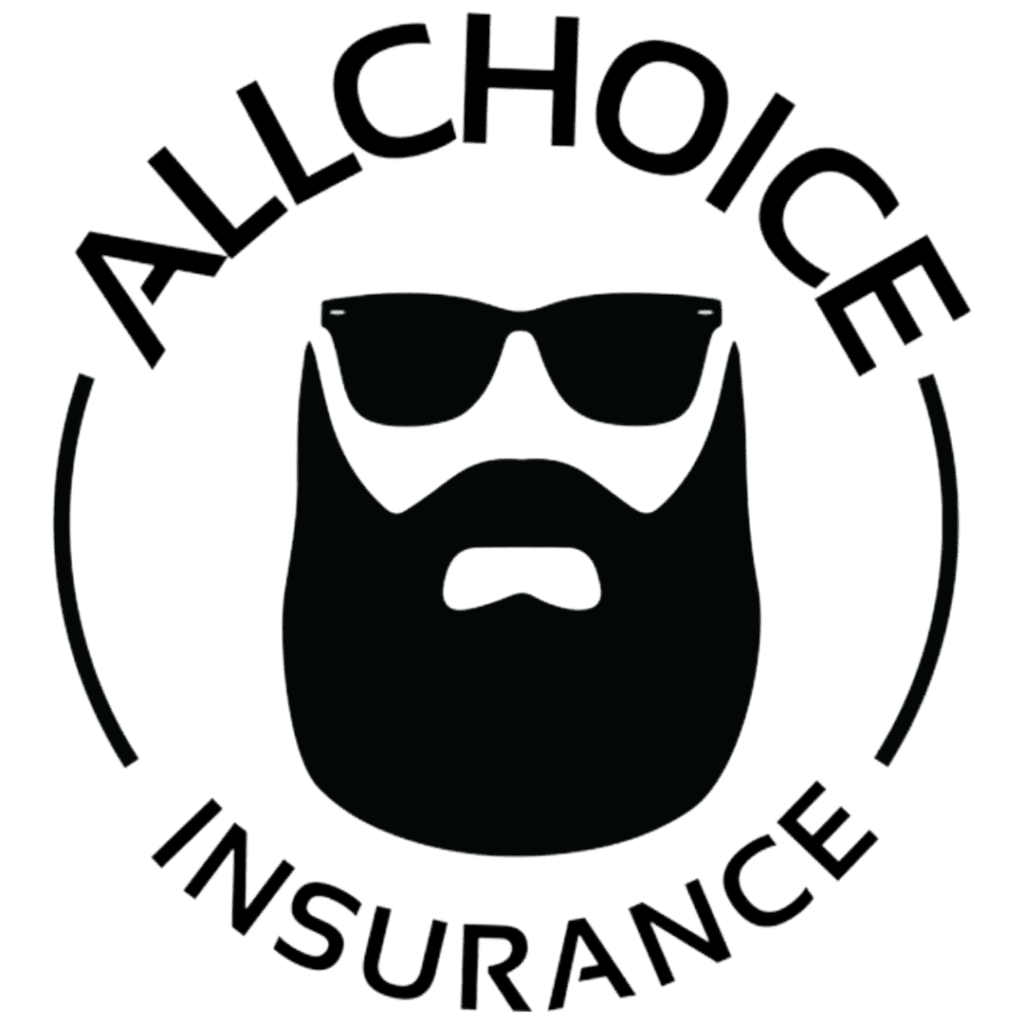What Is Auto Insurance?

Exploring auto insurance further uncovers a range of coverage types, each intended to protect you from various perspectives. Here are some common coverage types:
Liability coverage: This handles costs incurred by others if you’re at fault in an accident.
Uninsured/underinsured motorist coverage: This is your safeguard against those driving without adequate insurance.
Comprehensive coverage: This deals with your own vehicle’s repair expenses from traffic-related accidents and other unfortunate events like theft or weather damage.
Collision coverage: This also deals with your own vehicle’s repair expenses from traffic-related accidents.
Prior insurance coverage: This refers to any coverage you had before your current policy, which may impact your rates and eligibility for certain discounts.
Each of these coverage types, including medical payments coverage, comes with its own set of limits—the maximum amounts an insurer will pay under a given coverage. These limits are not arbitrary but are carefully shaped to provide financial protection within realistic boundaries, ensuring that coverage pays when needed.
Liability Coverage
Serving as the foundation of any auto insurance policy, liability coverage handles your legal obligations for any bodily harm or property damage caused to others in an accident where you’re deemed at fault. It’s not just about doing the right thing—it’s about financial survival. Without sufficient liability coverage, you could be facing staggering out-of-pocket costs that can derail your financial stability.
In South Carolina, for example, the minimum required limits for bodily injury liability are set to protect against claims from those injured in an accident where the policyholder is at fault. Similarly, property damage liability ensures that you can cover the costs to repair or replace someone else’s property that you’ve damaged. While these are the state-mandated minimums, it’s often recommended to consider higher limits for added security, as well as personal injury protection (PIP) coverage.
Uninsured/Underinsured Motorist Coverage
What unfolds when the driver at fault is unable to cover your damages due to insufficient insurance? That’s where uninsured/underinsured motorist coverage steps in. This coverage bridges the financial gap, ensuring that you and your household members are not left to shoulder the costs alone. It’s like having a backup plan for the backup plan—one that’s especially valuable in states like South Carolina, where it’s required to have minimum limits on par with liability coverage.
Although not a pleasant thought, even the deductible you pay towards uninsured motorist coverage—a typical $200 in South Carolina—is a small price for peace of mind. It’s a modest investment against the risk of an uninsured driver disrupting your life.
Comprehensive and Collision Coverage
If you’re in the market for broader protection, the combination of comprehensive and collision coverage could be the solution. Collision coverage steps in when your vehicle meets an unfortunate event on the road, paying for repairs regardless of who’s at fault. Comprehensive coverage, on the other hand, is there for the unexpected—theft, fire, natural disasters—incidents that aren’t collision-related but can be equally devastating.
While not mandated by law, these coverages, including medical payments, are often required if you’re leasing or financing a vehicle. They represent a proactive approach to vehicle ownership, one that acknowledges the myriad ways your car could be damaged and prepares you financially for those possibilities.




